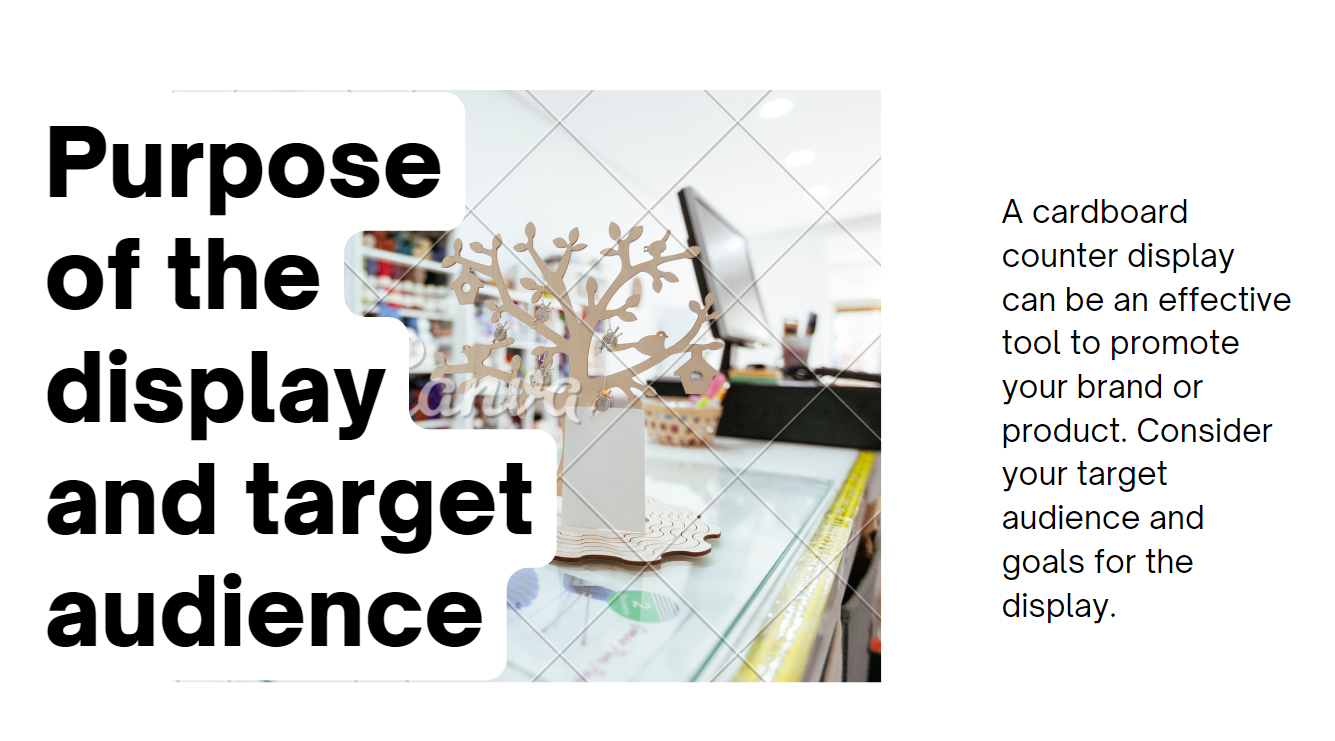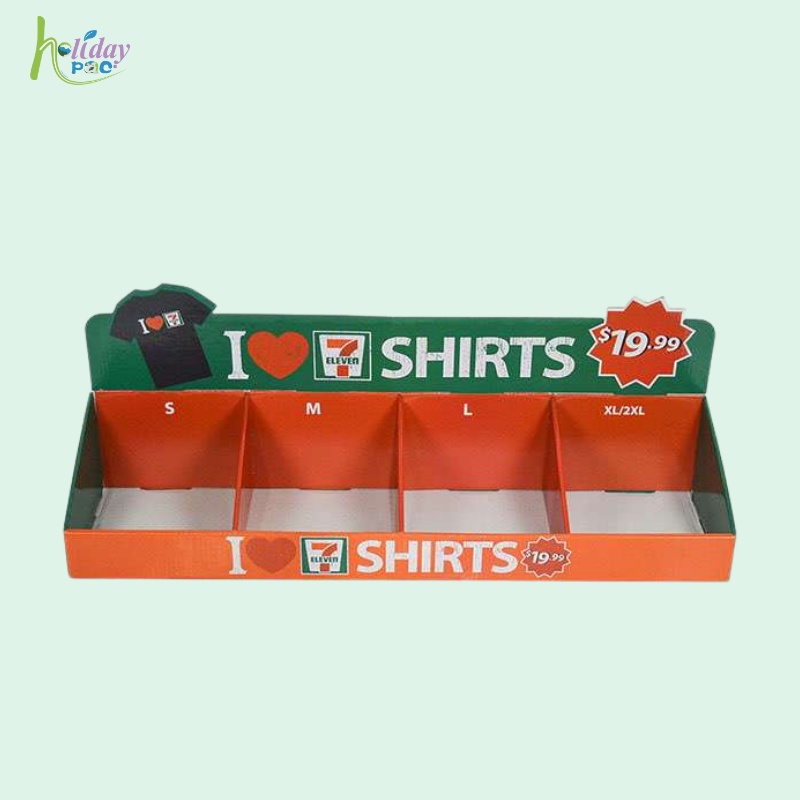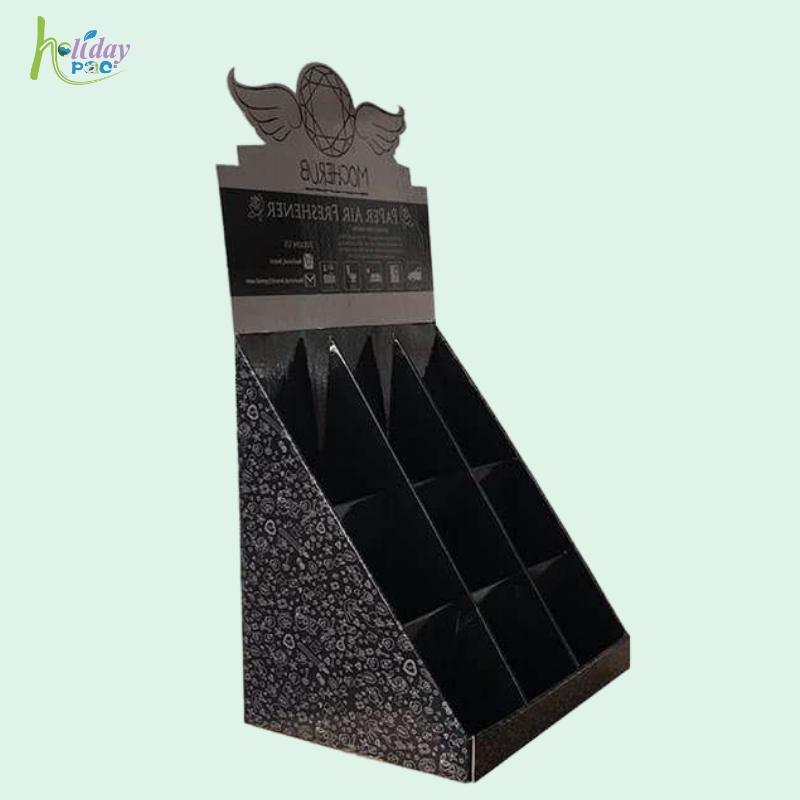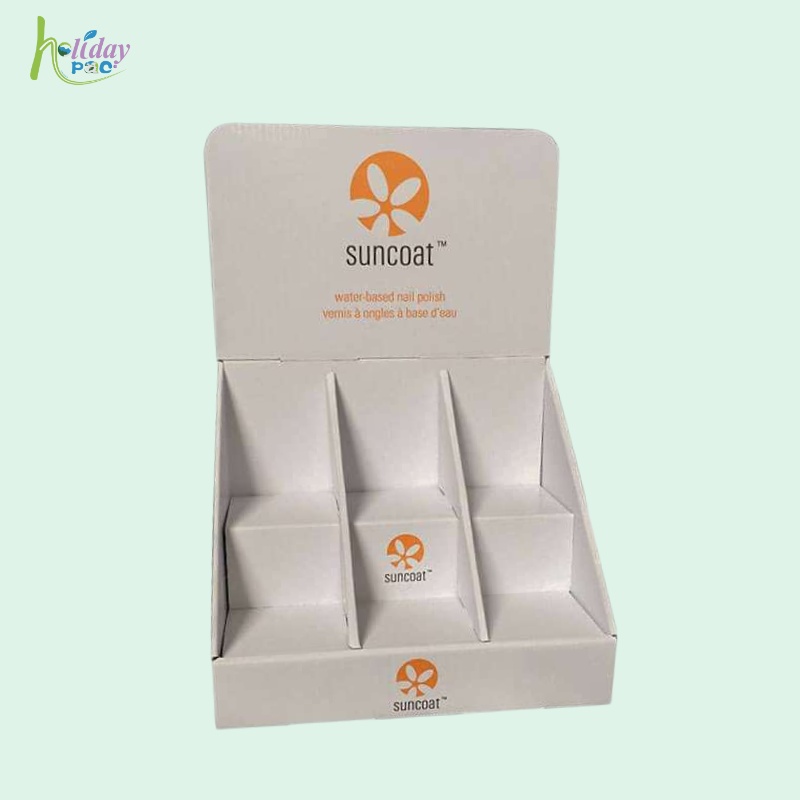What Are the Main Tips For Developing Counter Displays?
Holidaypac design A counter display is a highly effective marketing tool used in retail environments to showcase products and attract customers' attention at the point of purchase. Placed strategically on store counters or checkout areas, these displays aim to engage shoppers and drive impulse purchases. Whether utilized in supermarkets, convenience stores, or other retail settings, counter displays are designed to enhance product visibility and boost sales.
The primary objective of a counter display is to highlight a specific product or a group of related items. By placing them near cash registers or high-traffic areas, retailers capitalize on customers' focused attention during the checkout process. Counter displays come in various forms, ranging from simple cardboard stands to more elaborate structures with multiple tiers and compartments.
The design and aesthetics of a counter display play a crucial role in its effectiveness. Eye-catching graphics, vibrant colors, and captivating imagery are commonly used to grab attention and create visual appeal. Furthermore, the display should align with the brand image and the overall store environment, ensuring a consistent and cohesive visual experience for customers.

What Are the Main Purposes For Developing Counter Displays?
Counter displays serve different purposes based on the marketing objectives of the brand or retailer. Here are a few common types:
1. Product Promotion: Counter displays are frequently employed to promote new products, limited-time offers, or seasonal items. They may feature product samples, demonstrations, or engaging signage to educate customers about the product's features and benefits. By placing these displays near the checkout area, retailers can capitalize on impulse buying tendencies.
2. Cross-Selling: Counter displays are effective in encouraging cross-selling and upselling. For instance, a display for a popular snack brand may include a combination offer with a beverage, enticing customers to make additional purchases. This strategic placement can increase the average transaction value and overall sales.
3. Brand Awareness: Counter displays help reinforce brand identity and increase brand recognition. By incorporating logos, taglines, and consistent visual elements, retailers can strengthen the association between the display and the brand. This creates a lasting impression on customers and encourages brand loyalty.
4. Seasonal or Holiday Themes: During festive seasons or holidays, retailers often create themed counter displays to generate excitement and drive sales. These displays may feature relevant products or gift items, contributing to a festive ambiance and making the shopping experience more enjoyable.
When designing a counter display, pls send to [email protected] factors such as size, placement, durability, and functionality must be considered. The display should be sturdy enough to withstand customer interactions and easy to restock when products run out. Additionally, retailers must ensure that the display does not obstruct customer flow or create inconvenience at the checkout area.In conclusion, counter displays are valuable marketing assets that help retailers capture customer attention and drive sales. By strategically placing these displays near the point of purchase, retailers can maximize product visibility, promote specific items, and enhance brand recognition. With attractive designs and effective messaging, counter displays have the potential to significantly influence consumer behavior and contribute to a positive and engaging shopping experience.






